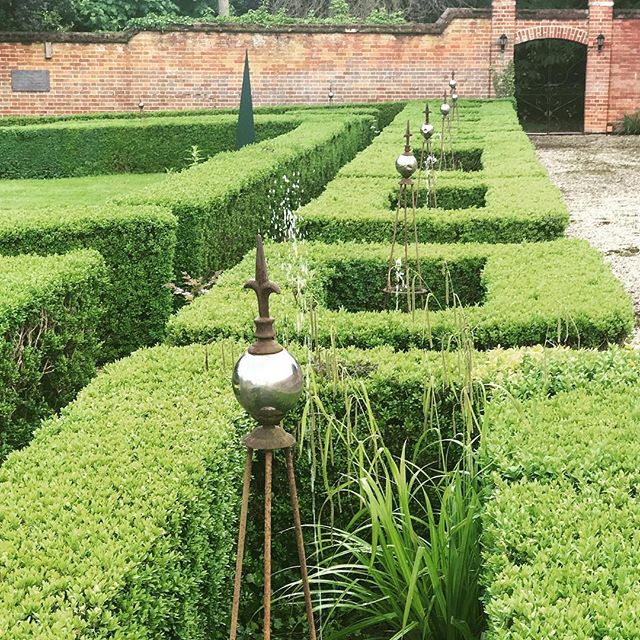The Repton exhibition at Saling Grove, Essex explores his career and influence from Essex to New York, and looks at the future of the park and gardens Repton designed there. Repton’s landscape at Saling Grove is currently under threat from a proposed housing development, so it is particularly timely to honour him with an exhibition this year, when we are Celebrating Humphry Repton.
The exhibition starts by describing his position within the English Landscape Movement. He had to defend his own style and that of Capability Brown in the face of criticism by his former friends, Richard Knight and Uvedale Price. Knight and Price thought Brown’s Picturesque style was boring and uninspiring. The main room shows that, in spite of many challenges and changing times, Repton was hard working, thoughtful of his clients and profession, unfailingly optimistic and family orientated.
One surprise was the extent of his influence after his death, particularly on the Victorian formal garden. The re-publication of his books by J.C. Loudon then inspired a new generation. His theories and principles can be seen in designed landscapes in Europe and America, such as Klein-Glienicke Park in Potsdam, Berlin and Central Park, New York, designed by Frederick Law Olmsted, father of American Landscape Architecture.
The Repton exhibition includes a large Victorian map of Essex, with dots showing all his commissions in the county, as well as his own home in Hare Street, Romford. The map highlights how much has changed and the extent of his travelling!
The biggest surprise was how much Repton was at the centre of late Georgian society. He was immortalised by Jane Austen in Mansfield Park and worked with John Nash, who went on to receive royal patronage and the commission for The Royal Pavilion, Brighton (despite Repton’s approved designs). Repton also had a huge variety of clients, from the aristocracy and political elite, such as Prime Minster William Pitt, to self-made industrialists. Repton’s fortunes, and his profession of landscape gardening, were affected by Pitt’s income tax and the never-ending Napoleonic wars throughout Repton’s career. His style adapted to these changes.
The Repton exhibition ends with a look at the future of his landscape at Saling Grove, which is under direct threat from the creation of a new town with over 10,000 houses. Which is more important: housing development or protecting a heritage setting and landscape?
Celebrating Humphry Repton 1752-1818 exhibition is at Saling Grove, Great Saling, Essex CM7 5DP until the end of August 2018 and open on Sundays from 2-5pm. The exhibition is in the Orangery at Saling Grove, and you can then enjoy tea and home-made cake in the Walled Garden (pictured). Free entry.




